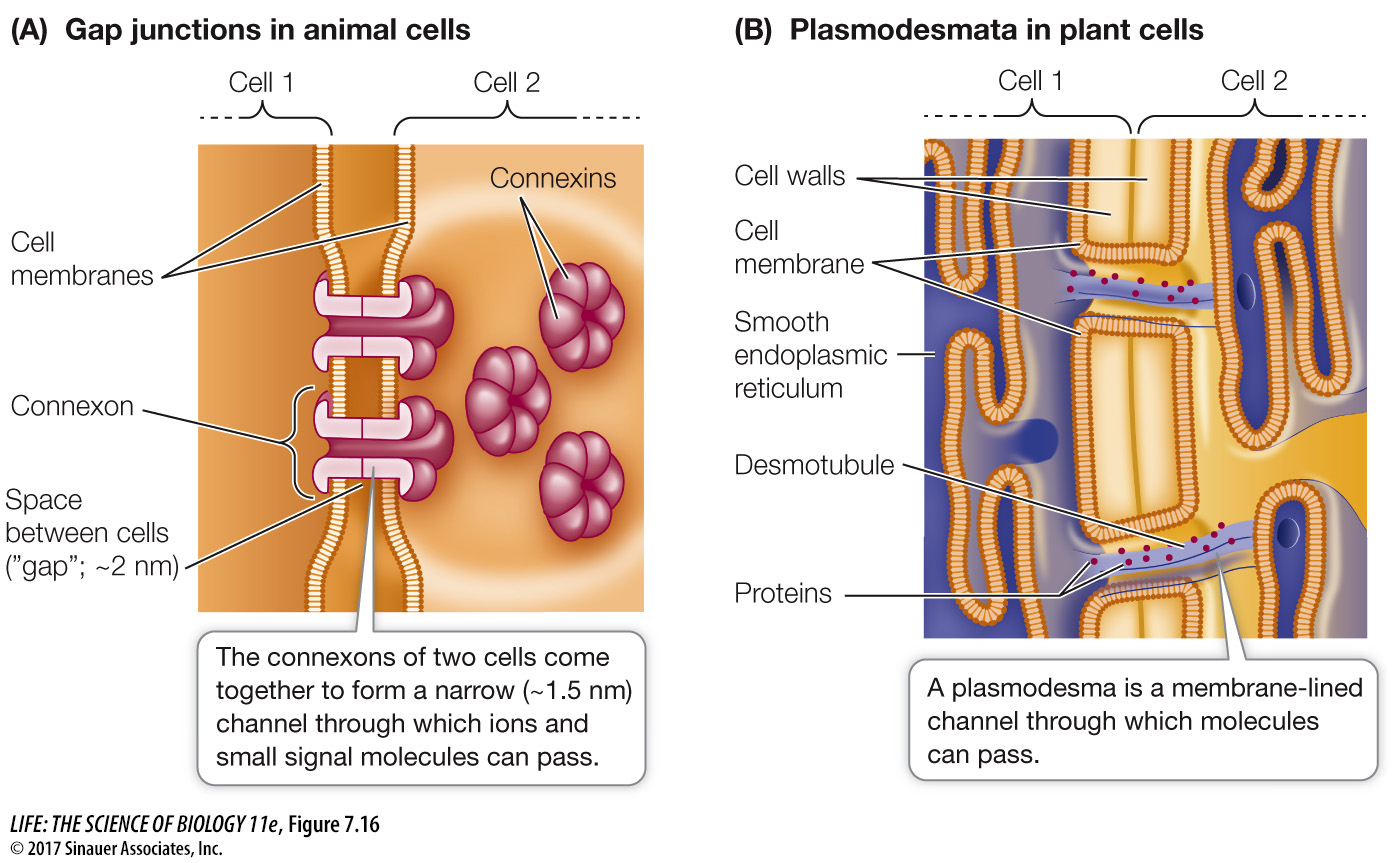
Figure 7.16 Communicating Junctions (A) An animal cell may contain hundreds of gap junctions connecting it to neighboring cells. The pores of gap junctions allow small molecules to pass from cell to cell, ensuring similar concentrations of important signaling molecules in adjacent cells so that the cells can coordinate their activities. (B) Plasmodesmata connect plant cells. The desmotubule, derived from the smooth endoplasmic reticulum, fills up most of the space inside a plasmodesma, leaving a tiny gap through which small metabolites and ions can pass.